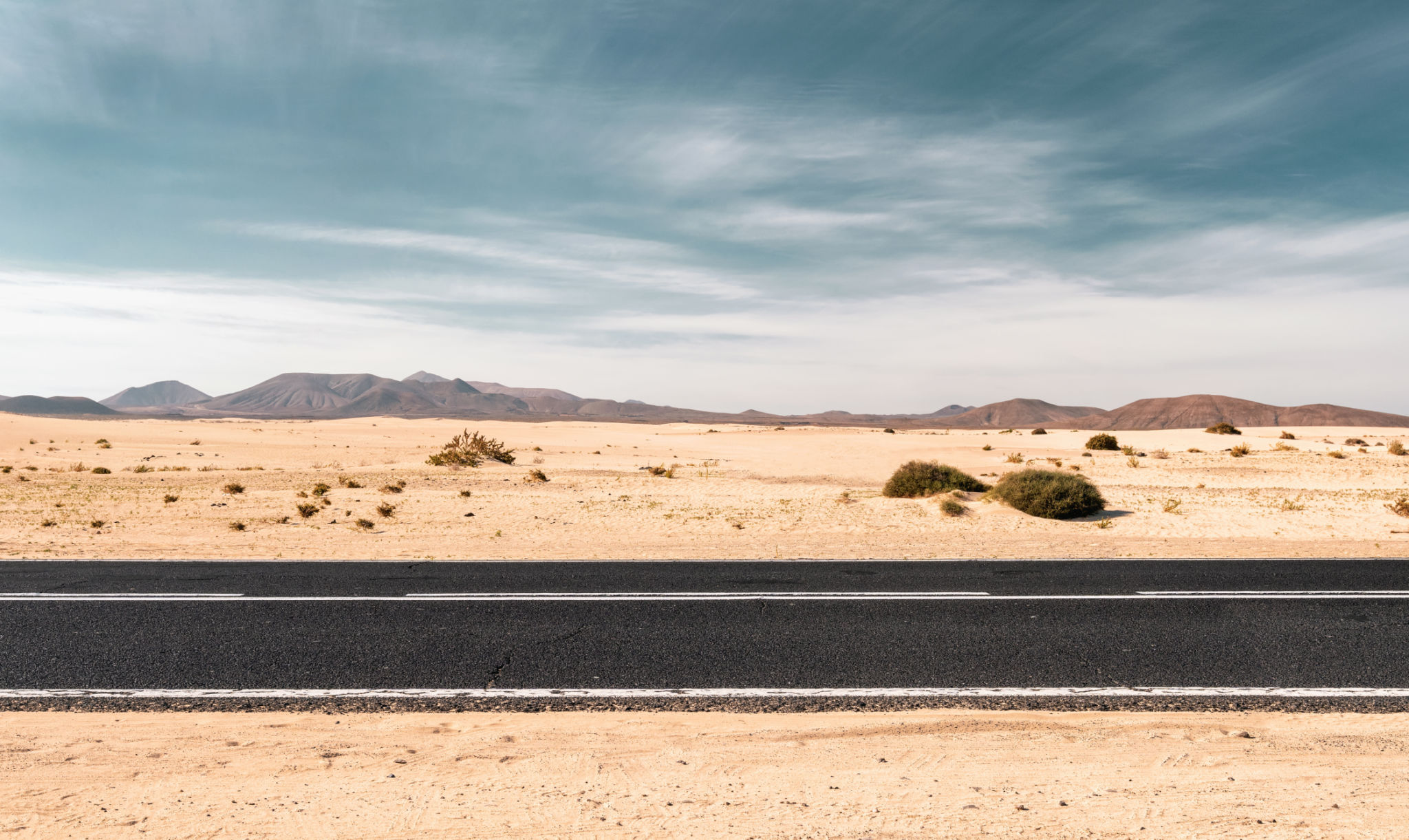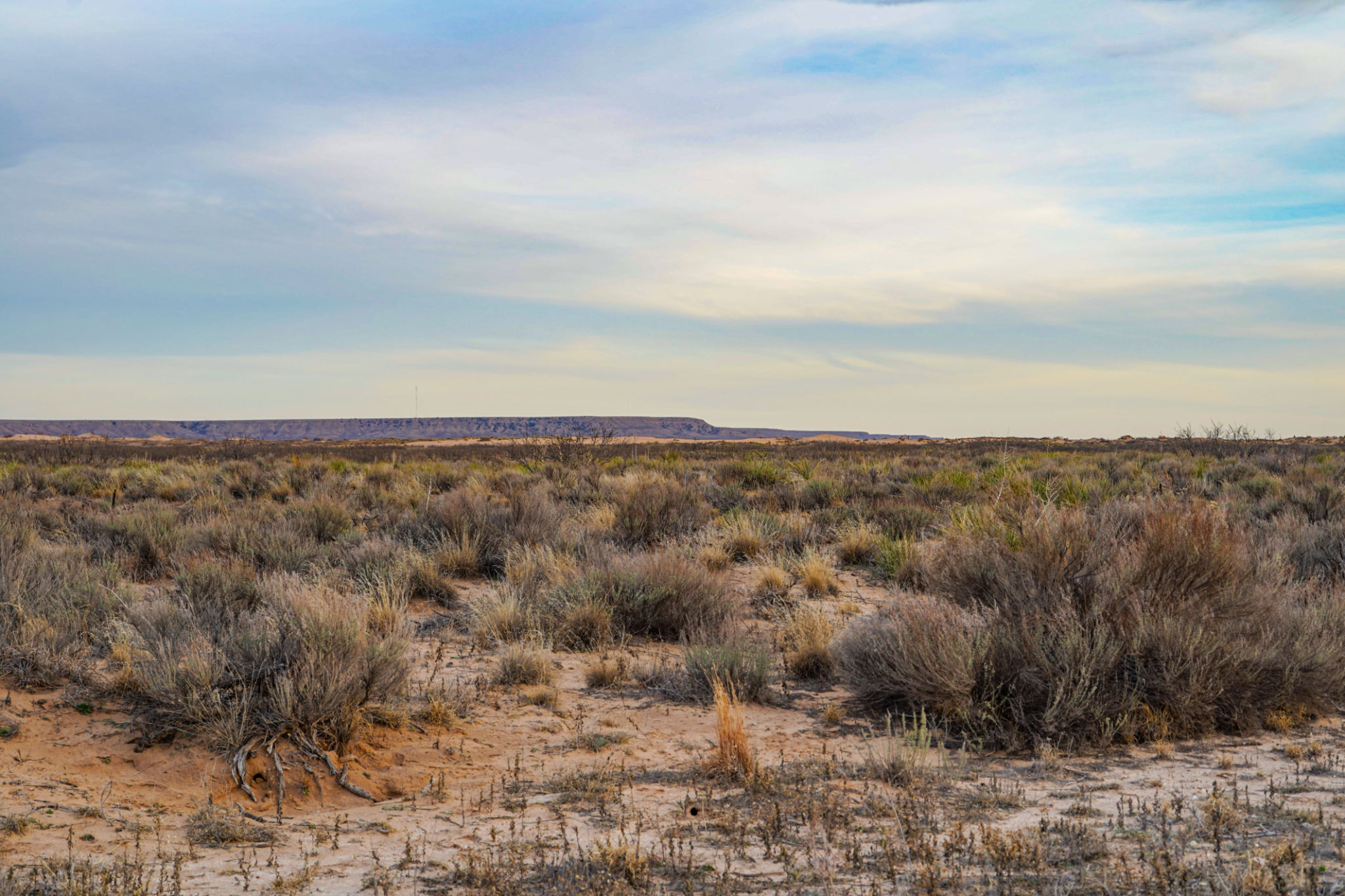Planning the Perfect Desert Drive: Seasonal Tips for Classic Car Enthusiasts
CC
Preparing Your Classic Car for the Desert
Driving a classic car through the desert is a thrilling experience that combines the allure of timeless vehicles with the breathtaking beauty of arid landscapes. However, it requires meticulous preparation to ensure both safety and enjoyment. Begin by conducting a thorough inspection of your classic car. Check for any leaks, inspect the brakes, and ensure that the tires are in excellent condition. It's also essential to verify that all fluids are topped off, including oil, coolant, and brake fluid.
One crucial aspect often overlooked is the cooling system. Deserts can be extremely hot, and your classic car's engine will need extra attention. Consider installing a high-performance radiator or an auxiliary fan to help keep your engine cool during long drives under the sun.

Choosing the Right Time for Your Drive
Timing is everything when planning a desert drive. The best seasons for a desert adventure are typically spring and fall. During these times, temperatures are more moderate, making your journey more comfortable. Avoid planning your trip in the peak of summer when temperatures can soar to dangerous levels.
It's also wise to plan your drives during early morning or late afternoon hours. This strategy helps avoid the harshest sun and allows you to enjoy the changing colors of the desert landscape as the sun rises or sets.
Packing Essentials for Your Desert Journey
Packing the right essentials can make or break your desert drive experience. Start with a comprehensive tool kit that includes items specifically for your classic car model. Bring extra water not only for yourself but also for your vehicle's radiator.
Don't forget to pack a first-aid kit, a flashlight with extra batteries, and a spare tire. A fully charged mobile phone and a portable charger are also must-haves, especially in remote areas where help might be far away.

Navigating the Desert Safely
When driving through desert terrains, navigation is crucial. Always have a reliable GPS system or detailed maps of the area. However, be aware that some remote areas may not have cellular coverage, so having a physical map as backup is wise.
Inform someone about your travel plans, including your route and expected time of arrival at your destination. This precaution ensures that someone is aware of your whereabouts in case of an emergency.
Embracing the Desert Experience
The desert offers unique vistas and a sense of tranquility that few places can match. Take time to stop at scenic overlooks or historical landmarks along your route. Capture these moments with your camera to relive your desert adventure later.

Remember that driving a classic car is not just about getting from point A to point B; it's about savoring every moment on the open road. Embrace the slower pace, roll down the windows, and let the desert air enhance your journey.
Post-Drive Care for Your Classic Car
After completing your desert drive, give your classic car some well-deserved care. Wash off any dust or debris accumulated during the trip, and conduct another inspection to ensure everything remains in top condition.
Check fluid levels again and address any issues that may have arisen during the drive. This attention to detail will keep your classic car ready for its next adventure, ensuring many more enjoyable desert drives in the future.
